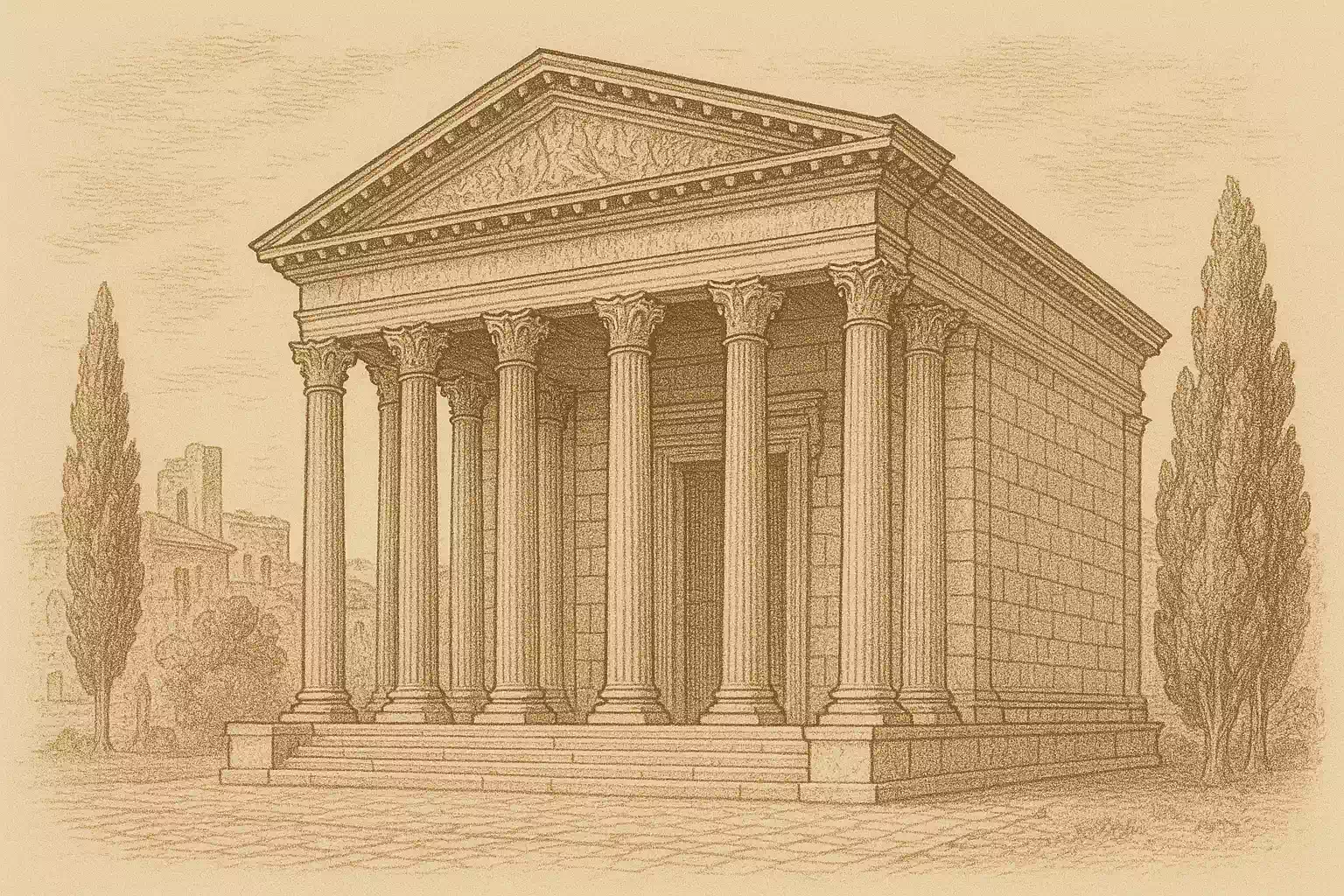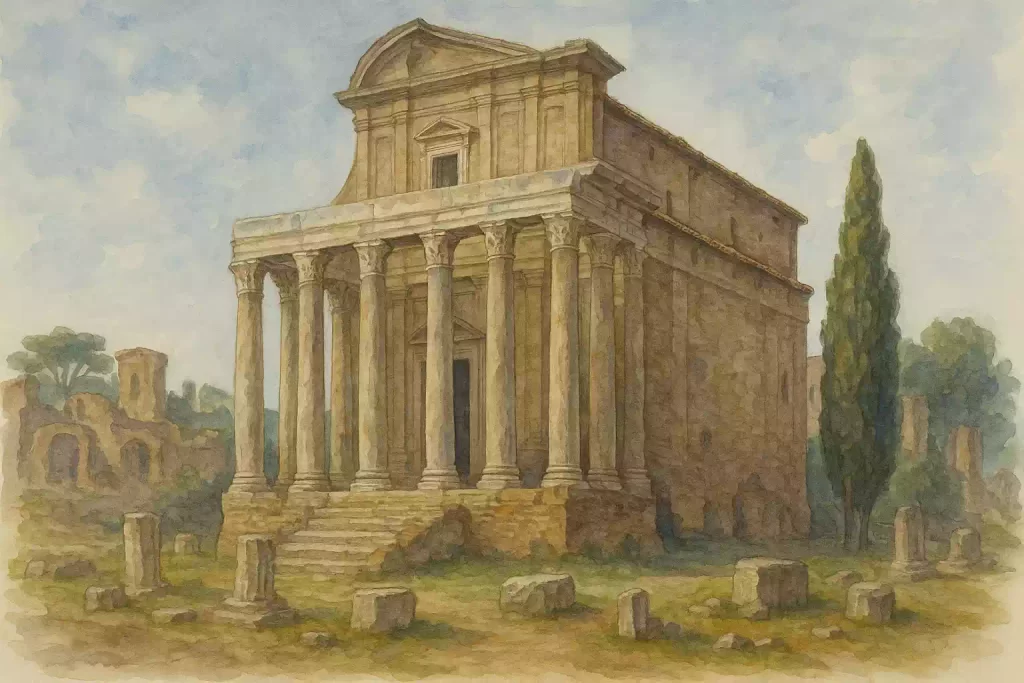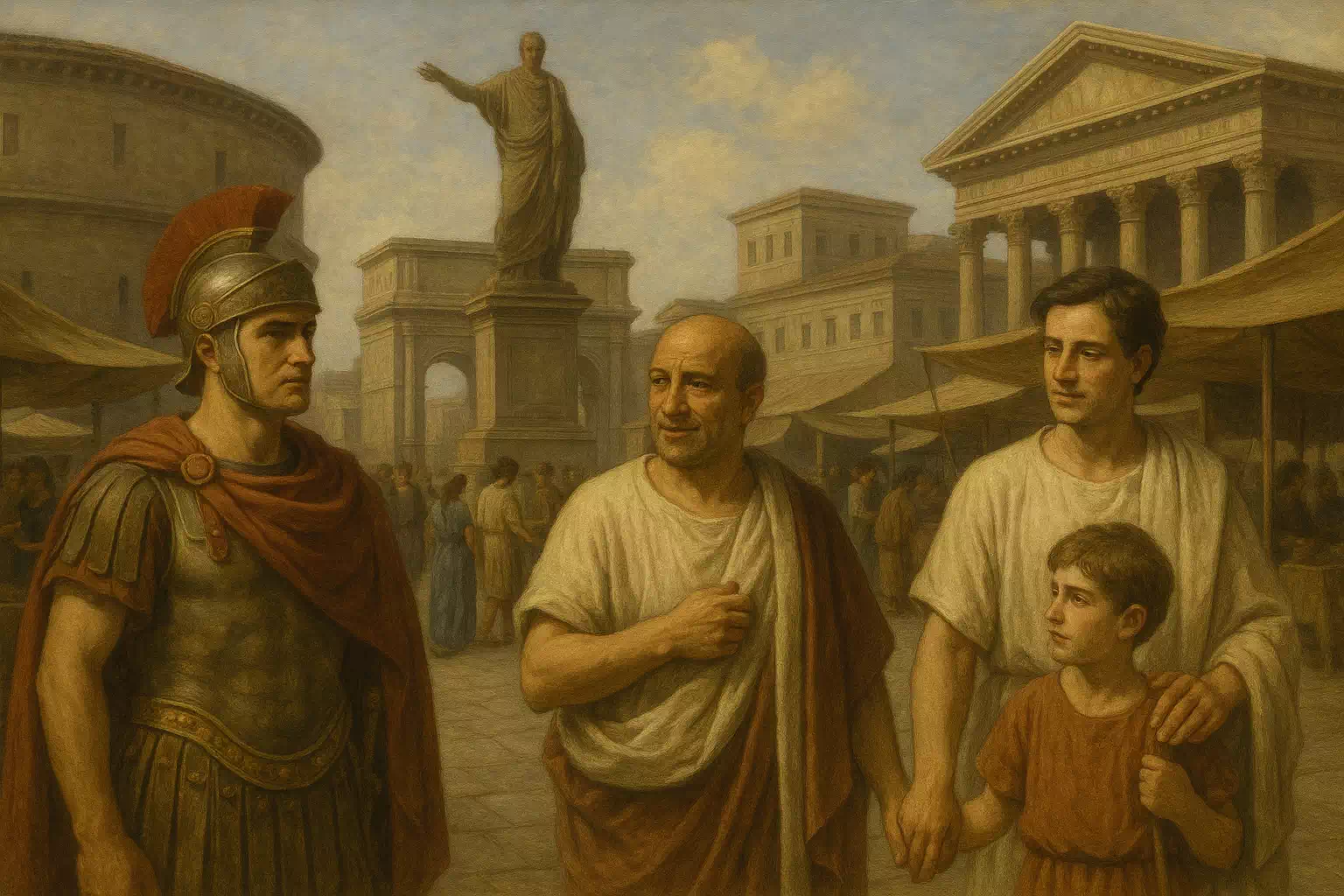Exploring the temple of antoninus pius and faustina in rome
Rising gracefully in the Roman Forum, the Temple of Antoninus Pius and Faustina invites admiration for its remarkable preservation and classical elegance. Built during the height of the Roman Empire, it offers visitors and history lovers a direct window into the beliefs, rituals, and architectural ambitions of ancient Rome. Today, the fusion of temple and church, columns and Christian frescoes, captures the complex, ever-evolving story of the Eternal City, one that never fails to intrigue those with a passion for Roman heritage.
Historical Background of the Temple
Who were Antoninus Pius and Faustina?
Antoninus Pius, a revered Roman emperor, ruled from 138 to 161 AD and was known for his peaceful governance and strong sense of justice. His wife, Faustina the Elder, was celebrated for her charitable work and became an object of deep veneration after her death. Their union was marked by mutual respect, and their posthumous honors reflect the immense affection they inspired in both the imperial family and Roman society.
What was the purpose of the Temple of Antoninus and Faustina?
Originally erected to commemorate Faustina after her passing, the temple became a dual monument after Antoninus Pius was deified. Its primary roles were religious and commemorative, serving as a place for rituals honoring the imperial couple and reinforcing dynastic power within Rome. In this context, the temple also symbolized the divine connection between Rome’s rulers and the gods they claimed as patrons.
How did the temple come to be built?
Commissioned by Antoninus Pius in 141 AD for his beloved wife, the temple was later dedicated to both Antoninus and Faustina by their successor, Marcus Aurelius. The structure was strategically placed in the Roman Forum, underscoring its ceremonial importance and its proximity to key political and religious centers. The construction involved significant resources and skilled craftsmanship, resulting in a temple that would dominate the ancient cityscape for generations.
Architectural Features of the Temple
What architectural style is the temple known for?
The temple stands as a stunning example of High Imperial Roman architecture blended with Greek influences. Its classic proportions, Corinthian columns, and harmonious design reflect the aesthetic ideals of the time, while also conveying the enduring might of imperial Rome. The combination of marble and tufa stone added both grandeur and durability to the structure.
Key elements: columns, inscriptions, and altar design
The iconic pronaos boasts ten monolithic Corinthian columns, each rising nearly 17 meters, lending the façade a majestic presence. Above, a richly decorated entablature displays an inscription dedicated to Faustina and, later, Antoninus. Inside, the altar and cella once hosted elaborate devotional offerings, their details hinting at both Roman religious practices and the temple’s later Christian adaptation.
How has the temple’s structure been preserved over time?
Despite centuries of upheaval, the temple’s main structure remains impressively intact due to its conversion into the church of San Lorenzo in Miranda during the Middle Ages. This adaptation shielded it from the destructive fate that befell many ancient sites. Conservation efforts continue today, blending traditional restoration techniques with modern technology to safeguard its legacy for generations yet to come.
The Temple’s Role and Cultural Significance
How did the temple function within ancient Roman society?
In ancient Rome, temples like this were centers of both religious life and civic identity. Citizens participated in rituals that honored the emperor’s family, reinforcing state ideology and community belonging. The temple also served as a tangible reminder of imperial beneficence, its ceremonies woven into Rome’s bustling social calendar.
The transition from temple to church: Early Christian influences
As Christianity gained ground in Rome, the temple was ingeniously repurposed as a church. The structure was preserved but reimagined, its pagan past merging with new Christian customs. Frescoes, altars, and chapels replaced ancient statuary, demonstrating Rome’s unmatched ability to reinvent its monumental heritage for new spiritual needs.
What modern relevance does the temple hold today?
Today, the temple is a treasured destination for those keen to explore the intersection of history, art, and faith. Scholars, tourists, and the curious alike marvel at its layered past. The building’s dual identity inspires reflection on how structures can evolve without losing their cultural essence.

Visiting the Temple of Antoninus Pius and Faustina
Where is the temple located within Rome?
Perched prominently in the heart of the Roman Forum along the Via Sacra, the temple commands a view of many iconic sites including the Colosseum and the Basilica Aemilia. Its central placement made it an unmistakable landmark for Romans and remains so for today’s explorers of the city’s ancient layers.
What can visitors expect to see?
Visitors are struck by the temple’s soaring marble columns, the ornate frieze, and impressive vestibule. Inside, the church’s later additions blend seamlessly with Roman remains, while informative plaques reveal details of its origins and adaptation. The contrast between antiquity and medieval artistry forms a powerful visual narrative of transformation.
Tips for exploring the area around the temple
It should be noted that the surrounding Forum area is rich with archaeological wonders, lush greenery, and panoramic viewpoints. If you’re curious about Roman coins or relics, a short walk will take you to an ancient coin store, perfect for immersing in the tangible heritage of imperial Rome. Comfortable shoes, an early morning start, and plenty of water are recommended to fully appreciate the immersive atmosphere.
A Lasting Legacy of the Temple
Why is the Temple of Antoninus and Faustina significant in Roman history?
Few monuments can match the temple’s continuous journey from imperial shrine to Christian sanctuary. Its resilience through centuries of change is a living lesson in adaptation and reverence for the past. It symbolizes the enduring dialogue between faith, art, and empire that defines the Roman world.
The temple’s depiction in art and literature: Celebrating its legacy
Artists and writers have long been captivated by the temple’s grandeur, from 18th-century engravings to modern photographic essays. These representations often reflect the temple’s symbolic power as a meeting point of epochs and ideals, a muse for the creative soul inspired by ancient majesty.
Future preservation efforts and archaeological significance
Archaeologists and conservationists are committed to preserving the temple’s structural and artistic integrity for future generations. Ongoing research and restoration projects carefully balance public access with the need to protect the fabric of this irreplaceable landmark. Through these efforts, the temple’s story continues, bridging past and present.
Frequently Asked Questions about the Temple
How does the temple compare to other Roman temples?
The Temple of Antoninus and Faustina stands out for its exceptional state of preservation and unique dual identity as a temple and church. While sharing architectural traits with temples like the Pantheon, its history of adaptation and integration into later eras distinguishes it among Roman monuments.
References :
https://colosseo.it/en/marvels/temple-of-antoninus-and-faustina/
https://www.walksinrome.com/the-temple-of-antoninus-pius-in-rome.html
https://madainproject.com/temple_of_antoninus_and_faustina




ClassicWorldCoins was created by a passionate collector with a deep interest in ancient coins and their stories. Through this blog, he shares his discoveries, insights, and favorite pieces to help others explore the fascinating world of numismatics.